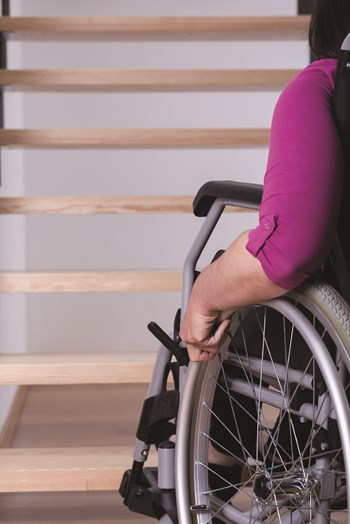
New Jersey is home to more than 1.2 million seniors age 65 and older and about a third of them suffer from some kind of disability, according to the latest census. In a state like New Jersey, where anything can happen—from fire, to extreme weather, to terrorism—a disaster plan is an obvious necessity for all HOAs, condos, and multifamily dwellings. Young, able-bodied individuals generally do not focus on safety or security until an event or occasion shows a need for concern, but those living with mental or physical conditions, or other health restrictions, need to be aware of the challenges presented by everyday living, and emergency situations. Young children and teenagers, another vulnerable part of a community, often live side by side with seniors. They may also need special consideration during an emergency.
Most condominiums, multifamily buildings, and planned communities have policies and procedures in place for emergency evacuations and alerts, but a proactive plan to ensure everyone’s safety and security before disaster strikes isn’t static. Annual reviews, updates, and revisions will be required to keep everyone safe, healthy and out of harm’s way. Boards, property managers and the residents themselves all have a role to play in making sure everyone is taken care of in the event of an emergency situation.
Everyone Has a Part
The Red Cross, in its seminal pamphlet on the subject: Disaster Preparedness for People with Disabilities, states that, “It is important for everyone to be prepared to meet his or her basic needs by storing food and water for a minimum of three days or more,” and go on to say for those with disabilities “should also be ready to meet your specific disability-related needs by storing sufficient oxygen, medications, battery power, etc., for at least seven days after a disaster.”
That advice, on having an adequate supply of medications and such, should not only be heeded by the disabled but also by the elderly as many are on some form of medication—be it for something major or minor, it’s better to be prepared.
The Red Cross also recommends creating a supply kit containing food, water, medication, electronic devices and anything else you might need to survive for a few days. They also suggest creating two kits, one for your home and the other for your car. They note that the kits do not need to be made all at once and that you can gather the provisions as you would normally come across them in your daily life, like getting the food and water for your kits when you go grocery shopping, or medications when you see your doctor.
Karen Berard-Reed, senior project manager at the National Fire Protection Association (NFPA) in Quincy, Massachusetts, notes that in addition to having a go bag ready, people need to make sure they are aware of how their disabilities might affect their ability to get away in the event of an evacuation due to fire, or something else, and have a plan in place. If it’s not being able to hear a fire alarm, for example, hearing-impaired residents can get a shaker to go under their pillow that will shake them awake in the event the alarm goes off. The wheelchair-bound may need to follow a different protocol and wait for rescue. “The Americans with Disabilities Act (ADA) requires us to allow [access] to whatever’s necessary,” says Joseph Balzamo, president of Alliance Property Management in Morristown. Basically, if someone needs an access ramp, the association needs to make sure it's built. Similarly, if a unit owner uses an oxygen machine, associations can't deny her the use of a generator in her unit in the case of a blackout or power outage.
The Red Cross also suggests that you keep an emergency contact list and a medical list together. For the contact list the organization suggests listing someone who lives at least 100 miles away, so that person will be outside the disaster zone and easier to reach. The Red Cross also says a medical list should include the medications you are taking and their dosages, the reasons you are taking said medication, and contact information for the doctor who prescribed the medication. This would allow first responders and aid workers to better meet your needs. If you have a hard time communicating, keeping a series of note cards with important information on them in your disaster kit may be helpful.
Families with small children will also want to have a supply of diapers, formula, and personal health and comfort items in their emergency supplies. Animals, be them pets or service animals, should also be taken into account. The Red Cross suggests having a supply of food and whatever medication they may need and note that in the event of a disaster, service animals may be unable to help as they may be too shaken up or frightened.
It should be recognized that a severe storm may knock out power and water, but not require an evacuation. While some may choose to leave until creature comforts can be restored, those who choose to remain will need adequate supplies of canned foods, water, and batteries. When a mandatory evacuation is called for, “hunkering down” at home is not an option.
Formulating a Disaster Plan
“Having a good emergency plan is critical. If there is no plan in place, it is very easy for any emergency situation, whether it is a fire, flooding or a blackout, to become a chaotic situation. If there is an emergency plan in place it makes it easier to track residents and employees and avoid confusion or added safety concerns. A good emergency plan will enable first responders to work more effectively and efficiently,” says James Cervelli, portfolio manager at Cervelli Management Corporation in North Bergen.
“Each property is different, so depending on the conditions and type of property, that will change the type of plan you need to implement. So a townhouse community will not have the same kind of procedures as a high-rise,” says Balzamo. “You want to have clearly posted knowledge of the building for residents, especially if an evacuation becomes necessary, like where the staircases are, emergency contact information, and things like that,” he says.
In addition, you need to be sure that you have things like fire alarms, so that fires can be detected and hopefully put out before they cause too much damage. “You also have to try and keep a list of homeowners on record, which is kind of hard because a lot of times people don’t want to give you the pertinent information, but we try to get an idea of who lives in the building and what potentially we’d be looking for in the event of something,” says Balzamo, “For my management company we have a homeowner’s registration and as a part of that registration there is an opportunity to put in that kind of information.”
“A survey to all residents is a good way to find out what capabilities or disabilities that certain residents may have. If something affects them the emergency plan should be modified to meet their needs, whatever they may be,” says Cervelli.
There will be cases in which people don’t want to give you that information, and in those situations it’s often best to get it from the building staff as they’ll be encountering the people who live in the building far more often than anyone else.
“I try to look at it as with every community. These are your neighbors who are living in the building, so if someone has a need the board is aware. As an example, in Morristown we have a 90-year-old woman who has been living in the building since before it became a condominium association and from time to time everyone checks up on her,” says Balzamo.
Creating an emergency plan isn’t something a building is alone in, there are a number of companies and organizations that can help out. “Engaging the assistance of the insurance company, local emergency personal and building security (if applicable) is helpful in creating an emergency plan. All residents and the building layout should be considered when creating this emergency plan,” says Cervelli.
There are also situations where people have visiting nurses, Meals on Wheels, or other visiting services that need to be accommodated. “In West New York, there’s a Vietnam [veteran] who has Meals on Wheels and a prescription delivery [service] on a regular basis, so we worked with them to make sure they have keys to the building. You have to make sure they have access. There’s another person down in Newark who has a visiting nurse. We had to give her an extra remote control since it’s a gated community so her service could get provided,” says Balzamo.
Identifying Community Resources
The National Fire Protection Association has a program called “Remembering When” that focuses on fall and fire prevention for seniors. They often team with local organizations, like senior centers or visiting nurses, to help get the information they have out into the public consciousness and can be contacted to give a presentation.
Other services such as Life Alert, transportation and companion services, and local Meals on Wheels are excellent resources. Once a board has knowledge of which residents may need special services in the event of an emergency or evacuation, and which community resources match those needs, it is possible to formulate a list of assistance agencies and contact numbers. The list should be given to all residents along with instructions to be followed in the case of a possible evacuation. This approach allows a board to provide for everyone by encouraging individual responsibility, utilizing community resources, and reducing association/board liability.
Anne Childers is a freelance writer and a frequent contributor to the New Jersey Cooperator. Staff writer John Zurz contributed to this article.



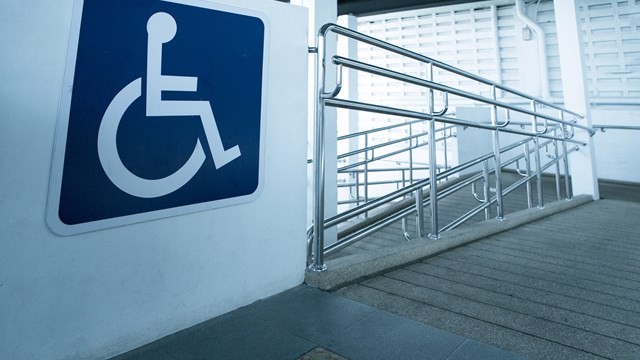
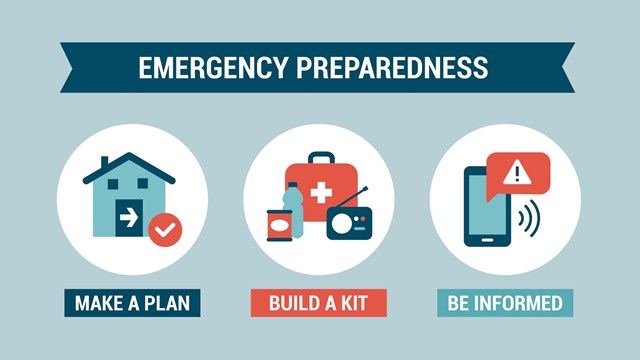
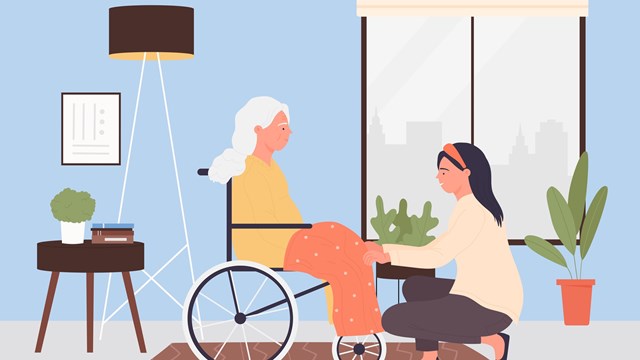
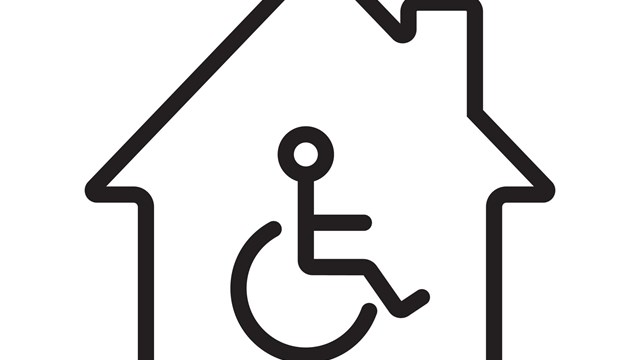
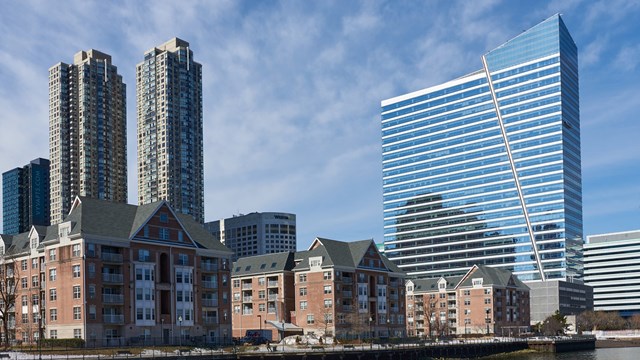
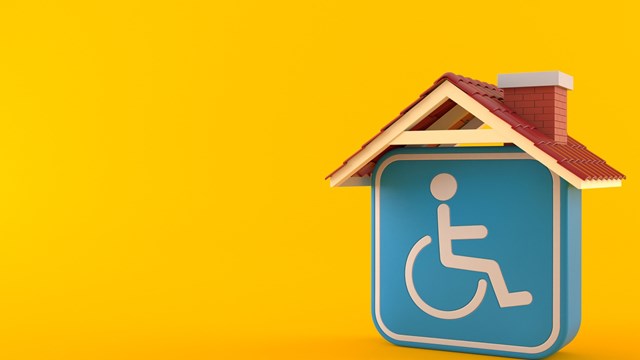
Leave a Comment